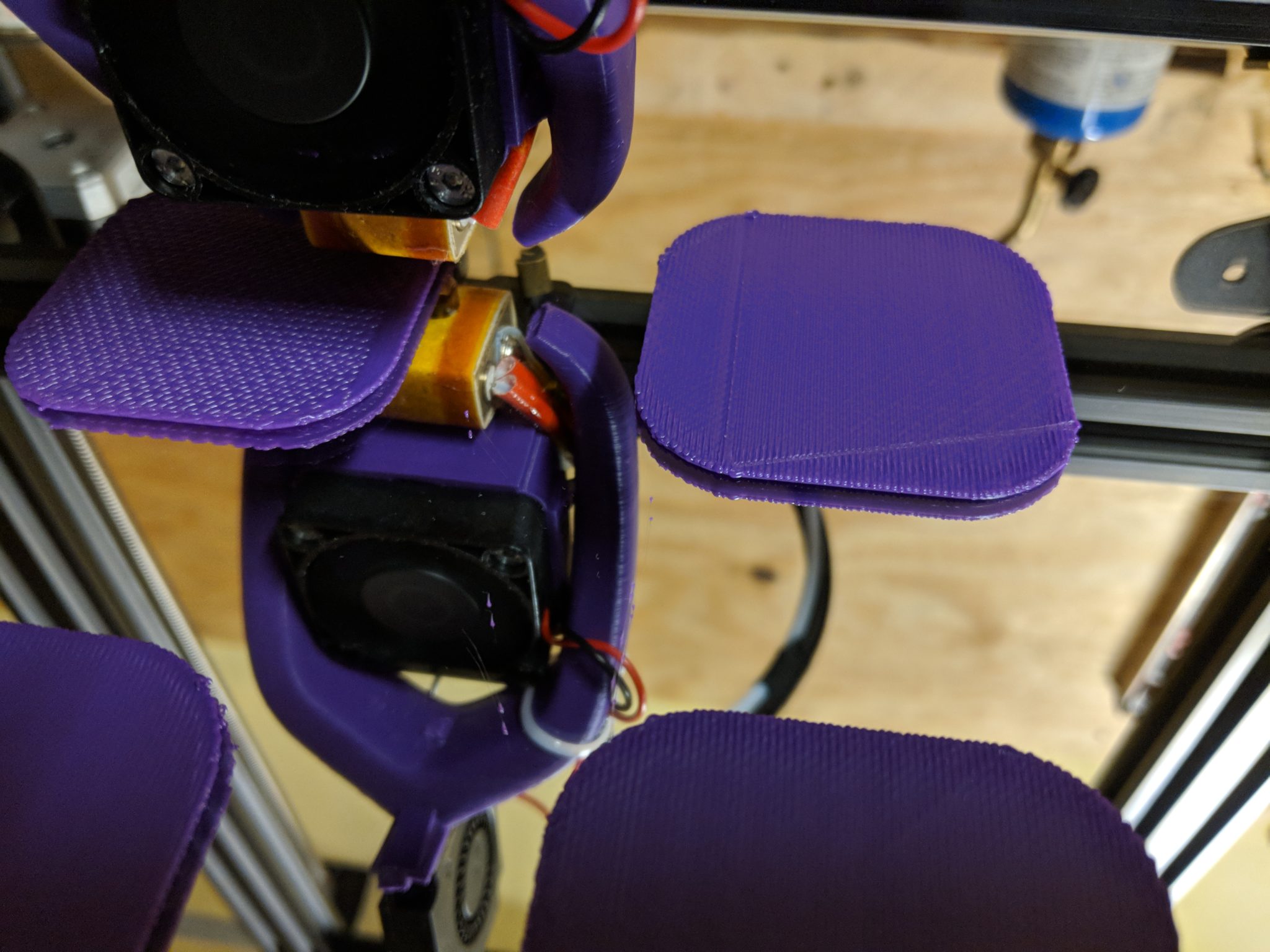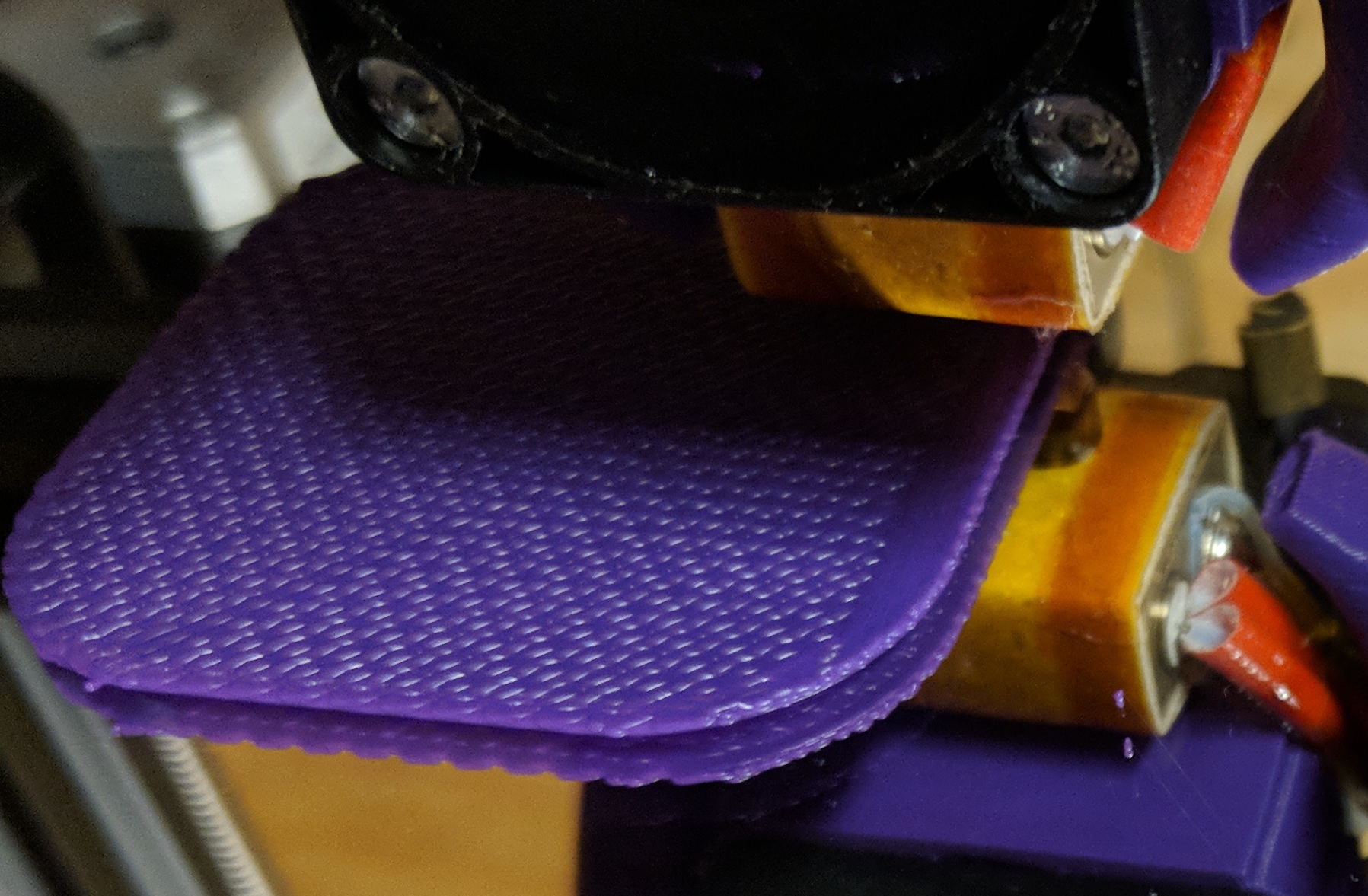3D Printing With Rafts

Choosing the right support method is often the difference between a good 3d print and a bad 3d print, but when should you use a Raft? I will show you when to use a 3d printed raft and why they are used.
What is a Raft?
A raft is a basically a buffer that is used between your 3d printed object and your print bed. Unlike a Brim, where your 3d print is still printed directly on the 3d print bed. When printing with a Raft your 3d print never actually touches the print bed, instead it rests on the Raft.
In addition, the Raft is printed with spaces between each print line kind of like a wafer

As you can see from the picture above, the raft forms a wafer pattern that allows you to build up the surface of the print bed to give you a nice level surface to begin your print from.
So When Should You Use One?
I used this a lot starting out when I struggled with leveling my bed. I would lay down four to five layers with the raft and then start my prints. This worked great, the only issue is that sometimes the prints stuck to well to the raft.
One time in particular I upgraded my Creality CR-10s hot end from the stock hot end to a E3D all metal hot end. I printed out all of my parts before I disassembled it and thought it would be an easy set up… WRONG!
I still do not know the root cause of the issue, but my nozzle no longer touched the bed with the new hot end. And I had cut the wires so close on the factory hot end, it rendered it unusable. In addition, the mount for the factory hot end had broke, so even if I could use it, I could not properly mount it.
Raft to the rescue. After a lot of struggling, I found out that if I laid down a thick enough raft, I was able to print on top of it and the print would hold. Granted the prints were not the prettiest, but it worked.
I ended up fabricating, my own mount and lowering the entire hot end until it touched the print bed evenly. I measured the hot end, repeatedly, tried different mounts, checked drawings and everything seemed ok. I also did not find any information about it on the internet!
Bottom Line
If you have having bed leveling issues with your 3d printer, where one side of the 3d print is sticking better than the other side, or you are unsure of what the issue is completely, try printing on a raft.
The raft will lay down a buffer layer and take out the irregularities of the build surface and allow you to print!
As always, if you enjoyed this article feel free to leave a comment, subscribe or send me an email. Thank You.




























































